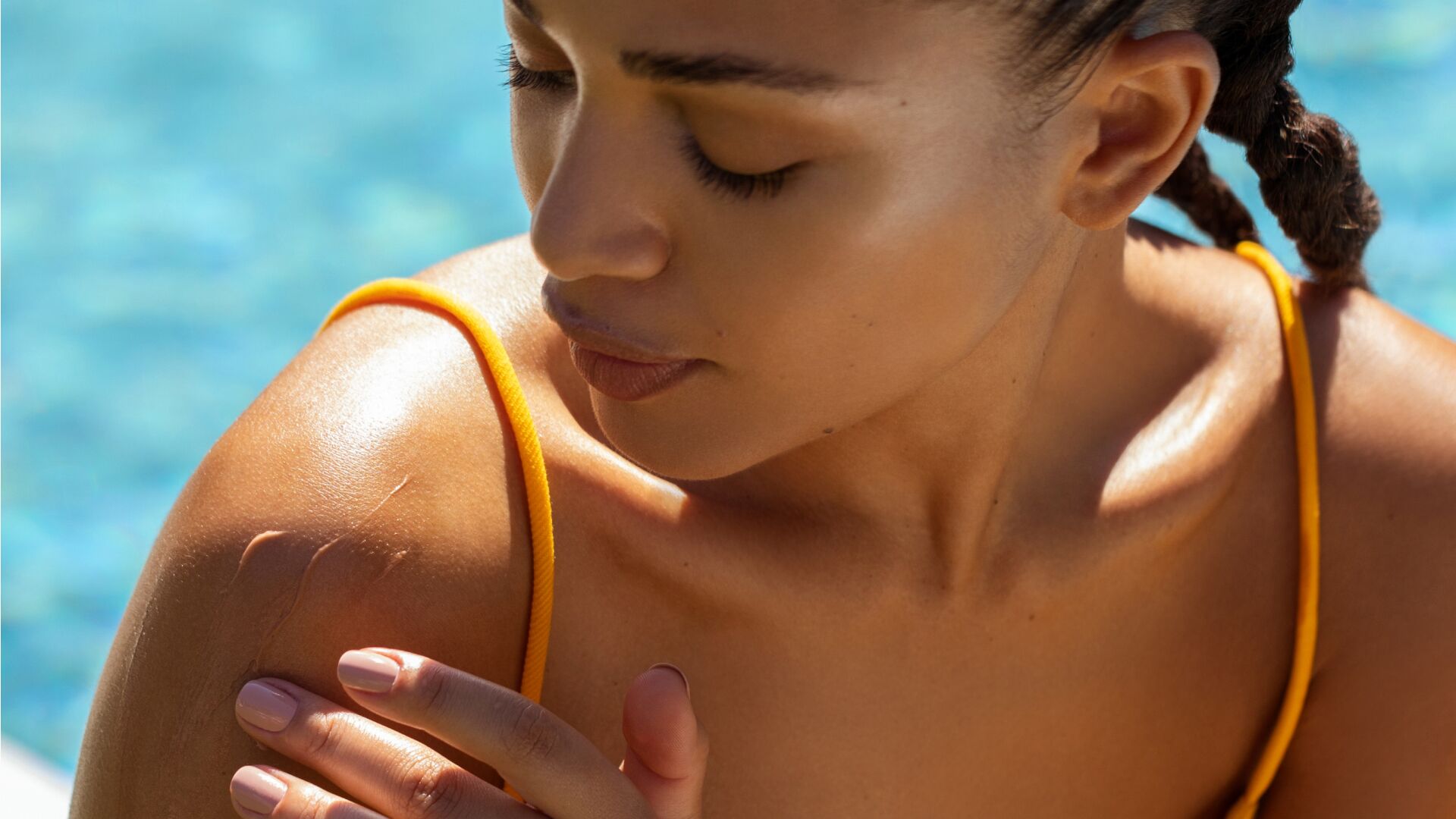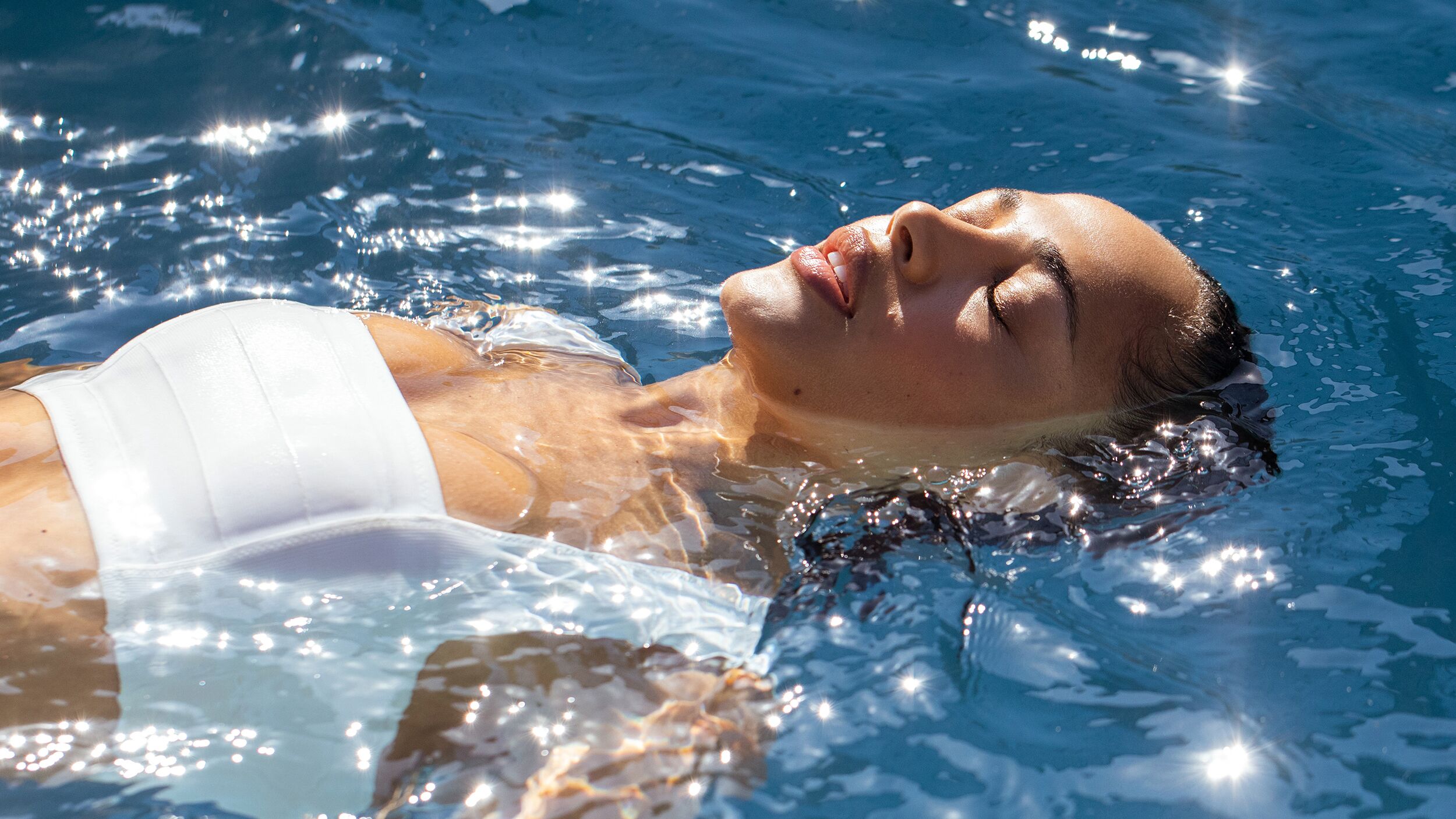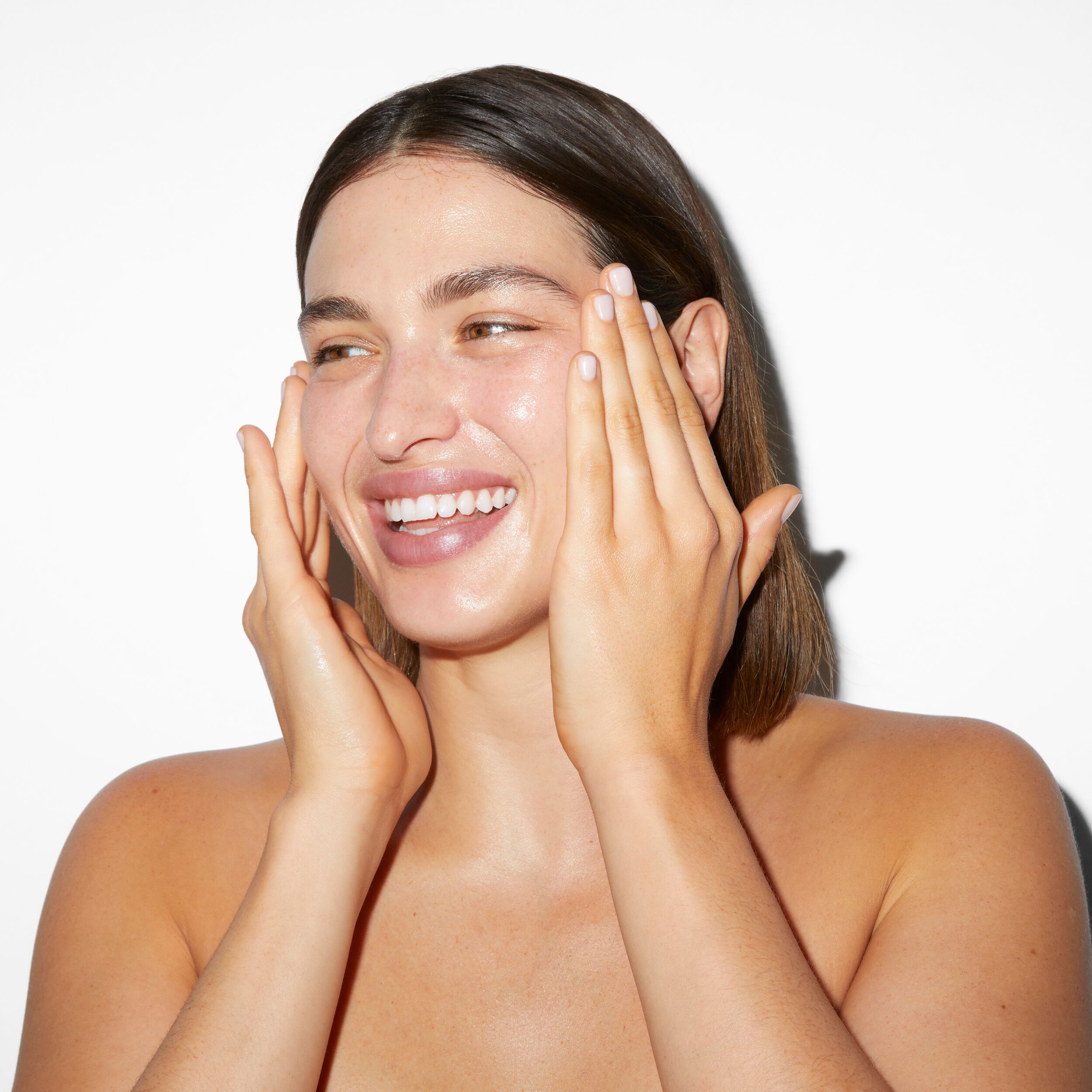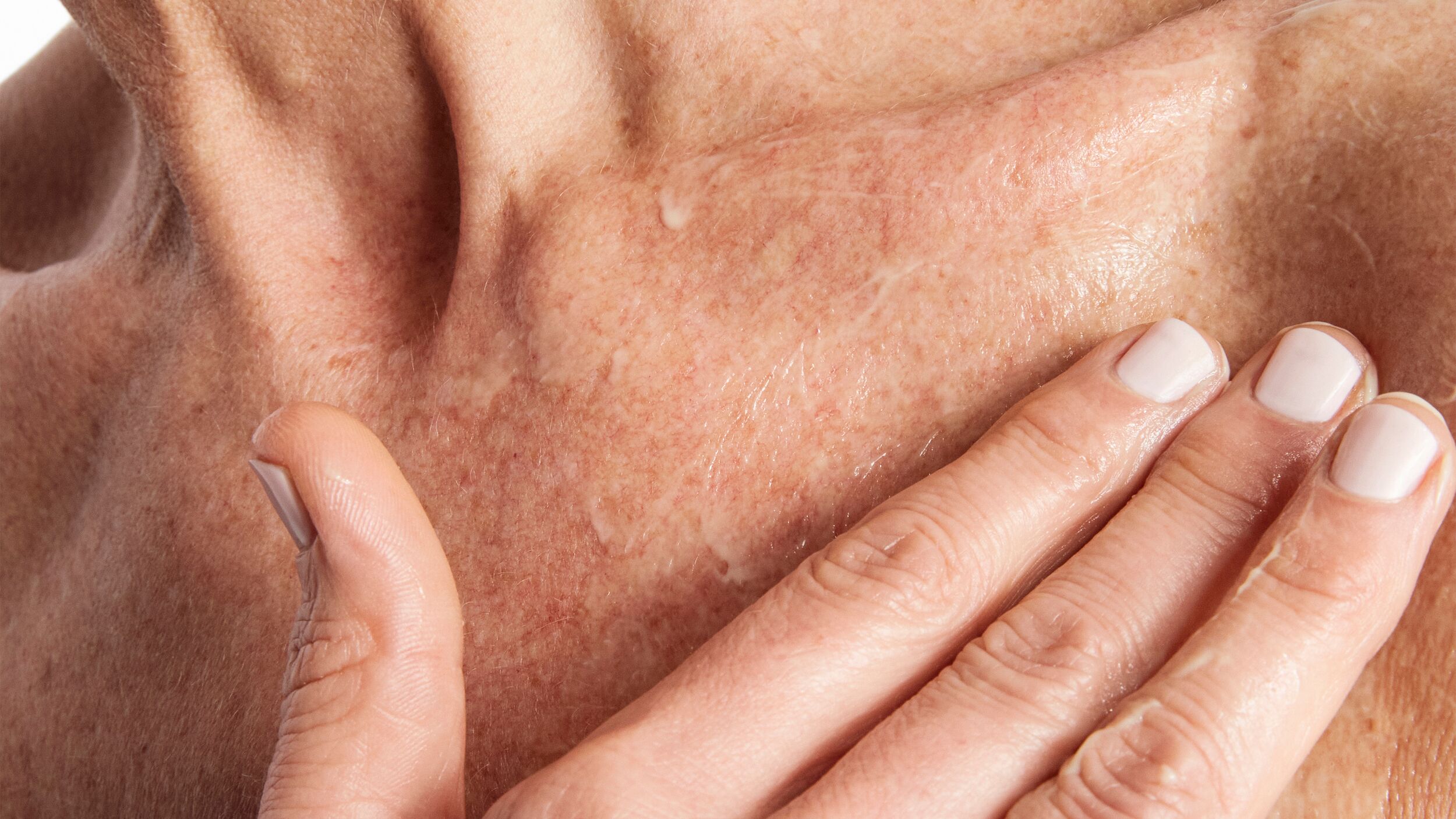
We all know that sun exposure negatively affects our skin. But there are some seriously shocking facts about sun damage and the different types of sun exposure that you may not be so familiar with. Here’s what you need to know.
The higher up you are, the stronger the UV rays
THe intensity of UV rays are amplified by 10% per 1000 feet of altitude. So, just imagine how intense it is when you're flying at 35,000 feet above ground level. Although plane windows may filter out UVB rays (the type of rays that gives you a tan), UVA rays still penetrate. The aisle seat isn’t looking so bad now, is it?
Sunburn irreversibly alters your skin cells’ DNA
Sunburn isn't merely a fleeting discomfort; it's a sign of irreversible gene mutation. The DNA of sunburnt skin cells undergoes profound changes, setting the stage for potential long-term negative repercussions.
90% of visible ageing is caused by sun damage
A sunkissed glow may look great for a week or so but the long term effects negate any fleeting benefits. A staggering 90% of visible ageing is attributed to sun damage, contributing to the formation of wrinkles, pigmentation and collagen loss. It’s far, far better to fake your glow with a little help from self tan.

Clouds can increase your risk of sun damage
Don't be fooled by overcast weather; the sun's rays are adept at piercing through clouds, with some cloud formations actually intensifying UV exposure. It’s vital to remember that even on a seemingly gloomy day, your skin remains vulnerable to UV damage.
UV intensity isn’t always highest on a hot day
The intensity of UV rays doesn’t necessarily correlate to the temperature outside. The best way to check the strength of the sun is to look at the UV Index measures on weather forecast apps (the Met Office App offers a free UV Index forecast).
If it’s forecast to be anything above 3, you should take precautionary measures with a high factor, broad spectrum sunscreen and stay in the shade as much as possible. Anywhere above 8 and you really should avoid direct sunlight, especially during the midday period.
The risk of using tanning beds is HUGE
There’s no sugar coating the fact that use of tanning beds increases your risk of melanoma (the most dangerous form of skin cancer) by 75%.
Most people are applying sunscreen wrong
Applying sunscreen is not a mere formality; it's a meticulous ritual crucial for safeguarding your skin. Yet, studies reveal that most individuals fail to apply sunscreen adequately. Two tablespoons for full-body coverage, applied 15 minutes before sun exposure, and reapplied every two hours or after water exposure are the golden rules often overlooked.
Any sun-induced change in skin colour is due to damage
The notion of a 'base tan' providing protection against sun damage is a complete myth. In fact, any change in skin colour caused by sun exposure signifies damage has occurred within skin cells, debunking the myth of a so-called ‘safe tan’.


